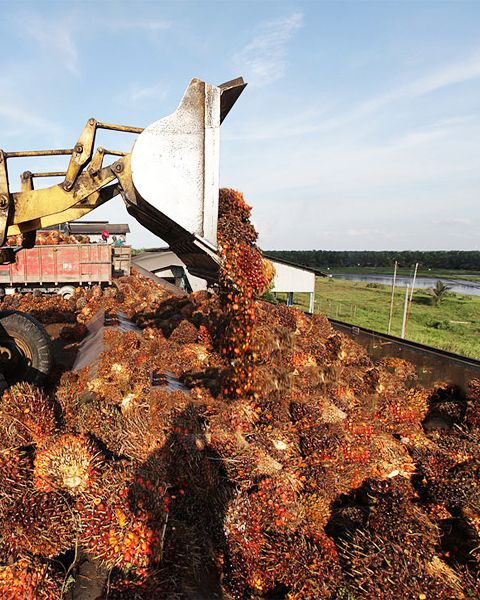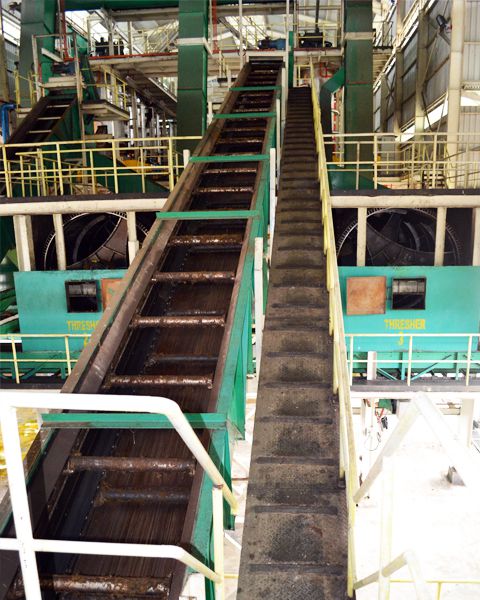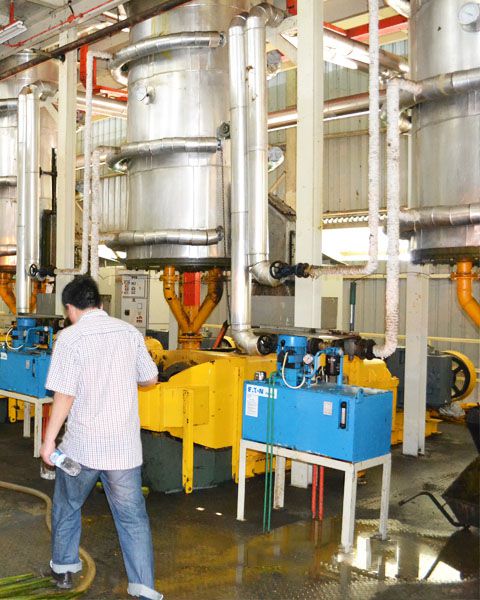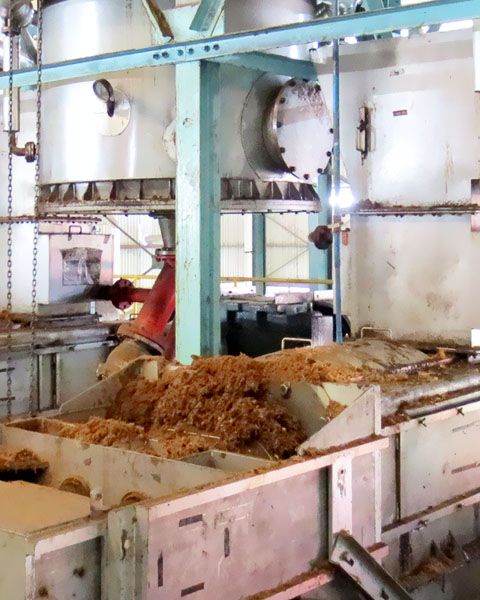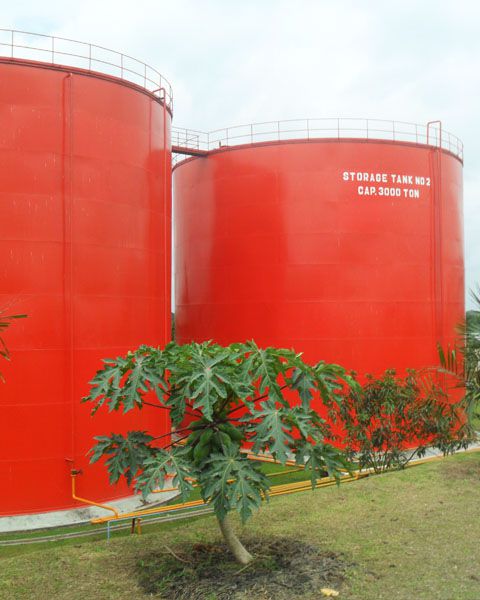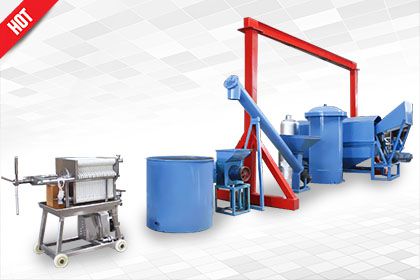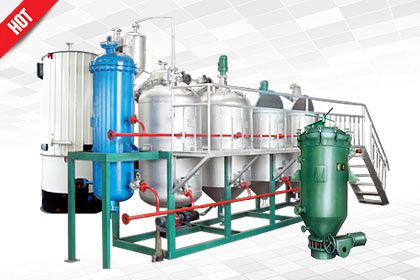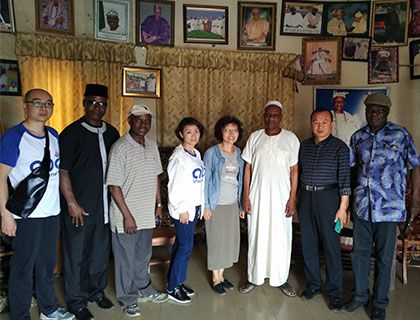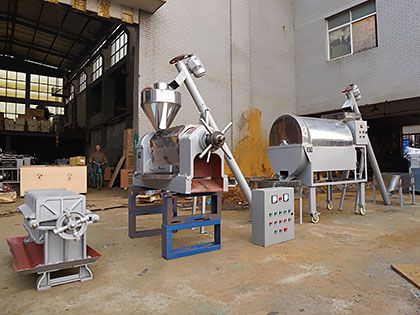Supply high quality palm oil processing machines and customized solutions for crude palm oil processing. Premium machinery, competitive price!


Palm Oil Processing Plant - Digesting System
The purpose of digestion in palm oil processing plant is to rupture the oil-bearing cells of fruit and release the palm oil. The digester is a steam-heated cylindrical vessel. In the digester, there is a central rotating shaft carrying a number of beater arms which is used to pound the fruit. To destroy the exocarp of palm fruit, disrupt the oil cells and reduce the viscosity of the oil, the digesting process is done under high temperature. But for most small scale palm oil mill, in order to reduce cost, it is designed without heat insulation and steam injections.
There is one more thing you should know about digesting system. In the palm oil processing mill, when the metal wear of digester exceed the highest rate, there will be increasing risk of oil oxidation and the onset of oil rancidity.
How to Build a Crude Palm Oil Processing Plant
Bunch Reception Station: The palm oil processing plant starts after the harvesting of the palm fruit bunches where they are taken to the palm oil mill for processing. During the harvesting process the fruits should be handled with care to prevent bruising them as the bruise reduces the quality of oil extracted.
Sterilization Station: Sterilization process follows where a lot of heat is used to cook the fruit. In this station of palm oil processing, enzymatic reactions are also stopped, arresting hydrolysis ,auto-oxidation and the outer cover of the fruit (exocarp) is also weakened allowing easier oil extraction from the fruit. This process can be done by either roasting/smoking which is done after threshing process or by steaming/boiling which should be done before threshing process.
Threshing Station: The fruit bunches then undergo threshing which separates the fruitlets from the bunch in a rotating drum. It can be done manually or a mechanical by use of palm oil processing machinery - thresher / threshing machine. The loose fruits are then conveyed to the another palm oil processing machine - digester, and the empty fruit bunches are separated and returned to the plantation or used as fuel in the boiler.
Digesting Station: The fruits are then digested in the digester. This process involves the crushing of the fruits and warming the pulp before oil extraction is done. Warming is important in order to maximize oil extraction.
Palm Oil Pressing Station: Pressing is then done which yields press liquor (oil, water sand and other solid impurities) by use of palm oil pressing machine (expeller). The nuts can be removed before digesting to yield grade A oil or the mesocarp can be pressed together with nut. Pressing the pulp bursts out the cells carrying the oil hence releasing the palm oil. Manual, hydraulic and screw presses can be used. Care should be taken when using the hydraulic press to ensure that the hydraulic fluid does not get in to contact with the oil as it is poisonous, hydraulics also require frequent replacements as they wear out fast due to absorption of moisture from the air hence losing their effectiveness. Screw press is the most recommended palm oil pressing machine as it yields most oil.
Crud Palm Oil Clarification: Oil is then clarified, in this process impurities screening is done whereby large solids of fiber and dirt are removed from the raw oil .Water is then added to the raw oil in order to improve the separation process. After sieving process the raw crude oil is obtained but it still contains fine solids and water. Water is removed by introduction of a steam in the coils (increasing the temperature in the coils). The fine solids that are in the oil are removed finally as they sediment hence separating oil from the sludge to obtain about 163 kg of oil per one tone of the palm fruits processed.
Oil Drying and Cooling: Oil drying and cooling is the last step of crude palm oil processing plant, which is done due to presence of high content of water in the crude oil. The purified oil is then collected in to a vacuum evaporation system after drying. The oil is stored in tanks ready for sale to an oil refinery. The solid parts (nuts and fiber) are separated by physical means the fiber is used in the boiler as fuel.



